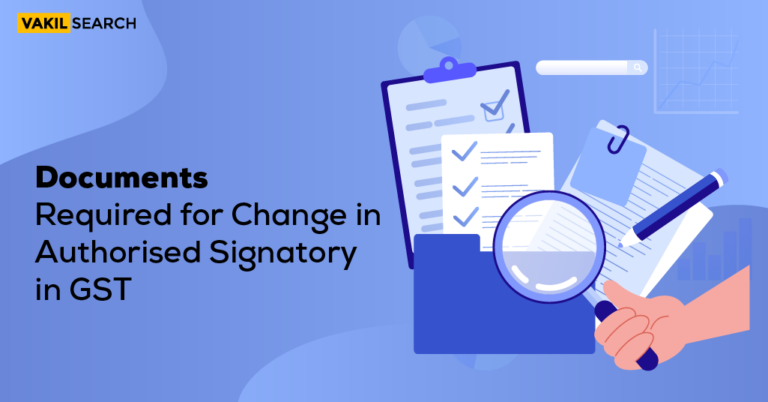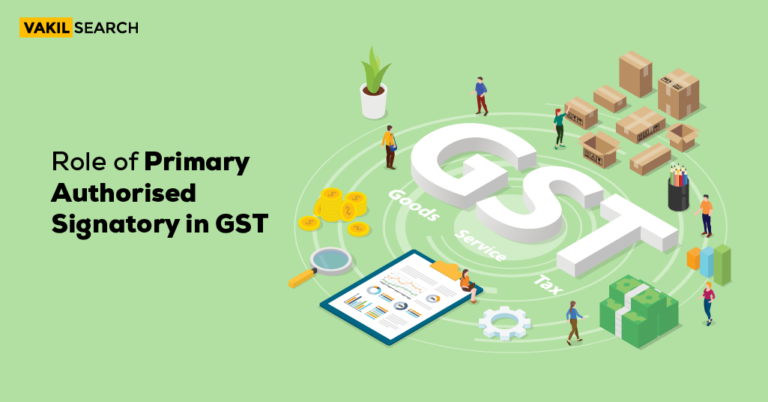In this blog, We will talk about the electronic liability register and how and why it is used. Continue reading to find out!
Every registered taxpayer has access to electronic ledgers for GST tax payments. These ledgers contain
- Electronic Cash Ledger
- Electronic Credit Ledger
- Electronic Liability Ledger.
The electronic cash ledger shows the cash that is available to settle the tax liability online. While the electronic credit ledger displays the amount of input tax credit that can be used to offset the taxpayer’s output tax due. The electronic liability ledger displays the total amount of tax that the registered taxpayer is responsible for paying.The details of the GST liability are stated in the Electronic credit ledger. It shows how the GST liability has been set off, i.e., with cash or credit.
A registered taxable person must debit the electronic liability register with any payments due. So let’s understand what is an electronic liability register and what is the purpose of such a register and how Calculating GST Payment Due is done.
What is the Electronic Liability Register?
A taxable person’s entire GST-related liabilities are maintained in the electronic liability register. The amount of tax, interest, penalties, late fees, and other amounts owed on the common portal are displayed in this register.All of the payments due from the registered taxable person are therefore subtracted from the electronic liability register.The Electronic Liability Ledger on the GST Portal allows taxpayers to access details of all of their Paid Liabilities and Pending Liabilities for a given Period. For Calculating GST Payment Due, Electronic Liability Ledger should be used.
Calculating GST Payment Due
After filing GSTR-3, the GST Monthly Return, the GST payment required in any given month can be easily seen on the GST Common Platform dashboard. Every month on the 20th, GSTR-3, or the monthly return, is due. The taxpayer must have submitted GSTR-1 and GSTR-2 on the 10th and 15th of each month, respectively, before submitting GSTR-3.
How to View the Electronic Liability Ledger on GST Portal?
- Login to GST Portal
- Using a valid username and password, access your GST Portal account.
- Navigate to Electronic Liability Ledger
- Then Go to Services > Ledgers > Electronic Liability Ledger
- View Liability
- To view, Return Related Liabilities, click on Part-I and select the period.
- To view, Other than Return Related Liabilities, click on part II and select the period.
Learn More: GST Registration Process
Form GST PMT – 01
Each taxable person who owes tax, interest, penalties, late fees, or any other amount maintains an electronic liability register on the common portal. Form GST PMT – 01 is used to keep track of this registration. Additionally, this record is divided into two parts for maintenance:
Calculating GST Payment Due
This part of the register includes a record of all liabilities that result from returns and payments made in response to those returns. Liabilities resulting from choosing the composition scheme (Form GST CMP-03) and cancelling registration are also covered in this section of the register (Form GST REG 16). In the tax period for which the return has been filed, the details of all such liabilities are recorded in the liability register.
Plan ahead with confidence! Use our GST Calculator for seamless tax assessments.
Part II of the electronic tax liability register offers comprehensive information about liabilities other than those that are related to returns. Among these obligations: liabilities due to a decrease or increase in the amount of tax due. Whenever a reduction or improvement results from an appeal, correction, review, revision, etc.
Pre-deposit refund claimed by a registered taxpayer for a certain demand. Providing the taxpayer is permitted to file an appeal for such a refund.
On account of the authorities’ show-cause notice, payments are made. Other voluntary payments made by the registered taxpayer are also included.
Reduction in the penalty amount due to payments made in response to a show-cause notice or within the allotted time frame. The electronic liability ledger automatically shows the Calculating GST Payment Due.
GST Payment Rules for Electronic Liability Ledger
The rules for a registered taxpayer’s electronic tax liability ledger are listed below.
Payments Recorded in the Electronic Liability Register
- the amounts that a registered taxpayer must pay for taxes, interest, late fees, or any other payments due in accordance with the return.
- amounts determined by an appropriate officer as a result of actions taken under the act. These amounts include the amount owed for taxes, interest, late fees, and any other fees.
- A registered taxable person’s tax and interest obligations due to an incorrect input tax credit amount.
- Any amount of the interest that accrues from time to time
- Amount deducted by the government from payments made to suppliers of taxable goods or services. In contracts when the total supply value exceeds Rs. 2,50,000, this amount is deducted.
- The costs that a company that conducts online business charges for the total value of sales that occur on its website. As long as other sellers supply the supplies needed for such transactions. In addition, the operator is required to collect the payment for the sales of these supplies.
- The amount is payable on a reverse charge basis.
- The amount is payable under the composition levy scheme.
- Amounts payable towards interest, penalty, and fees.
- Any other amount which is payable under the GST act.
Debit and Credit of Electronic Ledgers
- When a registered person pays the tax due in accordance with his return, the electronic cash ledger as well as the credit ledger are debited. However, when making such a payment, the electronic tax liability register is credited.
- If the amounts are payable on account of demand by government authorities. then the electronic tax liability register of the taxable person is debited. However, if the registered person appeals to the appellate authority or appellate tribunal and his appeal is accepted, he receives relief. The registered person’s electronic tax liability register is thereafter decreased by the amount of the relief provided.
- If the taxable individual pays the tax, interest, and penalty within the allotted time, the amount of the penalty is partially or entirely reduced. As a result, to the extent that such a penalty is lowered, the taxable person’s electronic tax liability register is credited.
The registered individual notifies the relevant officer of any discrepancies if they are discovered in the electronic credit ledger. This communication is sent using the GST PMT-04 form through the common portal.
FAQs
How do you calculate GST payment?
To calculate GST payment, you need to know the following: Your taxable turnover The applicable GST rates The applicable GST slabs Once you know these, you can calculate your GST liability.
What is the due date for GST payment?
The due dates for GST payment vary depending on the type of taxpayer and the frequency of filing.
How do you calculate GST penalty on late payment?
For help determining the GST penalty applicable to your business, get in touch with our experts right away!
What is the payment percentage of GST?
The payment percentage of GST varies depending on the type of taxpayer and the applicable GST slabs.
Is GST monthly or quarterly?
GST filing can be either monthly or quarterly, depending on the type of taxpayer and the frequency of filing. For example, regular taxpayers who file monthly returns are required to file GST returns every month. However, taxpayers with a small turnover may be eligible to file GST returns quarterly.
What is the last date to pay GST 3B?
The due date for filing GST 3B every month is the 20th of the succeeding month.
Is GST return monthly or quarterly?
If you are unsure about the frequency of GST return filing that applies to you, you can contact the experts at Vakilsearch.
Conclusion
We hope with the information provided above, one can understand how Calculating GST Payment Due is done. If you need any further expert advice in calculating due GST payments, Vakilsearch can be your best bet.










